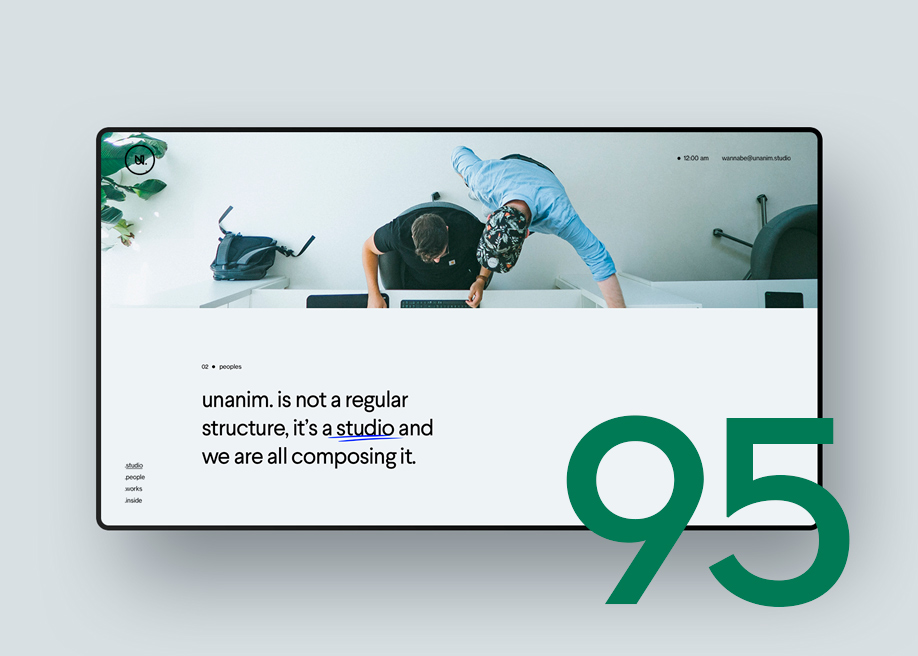Understanding Website Design: Trick Concepts for a User-Friendly Internet Site
In the realm of internet layout, the focus on individual experience has actually come to be critical, forming just how sites are built and regarded. Trick principles such as user-friendly navigating, receptive design, and consistent visual components play a vital duty in ensuring that a site is not just cosmetically pleasing but likewise practical. Focus to access can significantly enhance user engagement and complete satisfaction. As we check out these fundamental components, it comes to be noticeable that the decisions made during the style process can have enduring effects on a website's efficiency and individual loyalty. What techniques might be most impactful?

Relevance of Customer Experience
In the world of internet style, the significance of individual experience (UX) can not be overstated. UX incorporates the overall satisfaction a customer originates from engaging with a website, substantially affecting their assumption of a brand name and their likelihood of returning. web design klerksdorp. A well-designed UX assists in seamless navigating, cultivates individual involvement, and inevitably drives conversions
Understanding users' behaviors and requirements is paramount in developing an effective UX. This entails leveraging research techniques such as user identities, trip mapping, and functionality screening to gain understandings right into user choices. By customizing design aspects to fulfill these needs, developers can boost usability and create an extra intuitive communication.
In addition, a positive UX adds to the web site's reputation and credibility. Customers are more likely to engage with a website that is cosmetically pleasing and easy to navigate, which consequently improves brand name commitment. Conversely, a poor UX can result in high bounce prices and an adverse perception of the brand.
Intuitive Navigation Design
An efficient navigation style is critical for guiding users with a web site, guaranteeing they can find the info they need rapidly and effectively. User-friendly navigating improves individual experience by enabling seamless interaction with material, leading to enhanced interaction and fulfillment.
To accomplish user-friendly navigation, it is necessary to establish a clear pecking order. This includes organizing content right into sensible groups and subcategories, enabling individuals to comprehend the structure at a look. Detailed labels for menu items are vital; they should be straightforward and representative of the content they lead to, reducing uncertainty.
Uniformity is another crucial concept. Customers need to run into acquainted navigation elements throughout the site, such as the positioning of switches and food selections. This consistency helps reinforce customer expectations and reduces cognitive lots.
Additionally, integrating search functionality can dramatically improve navigation, specifically for content-heavy sites. This feature encourages individuals to situate certain information promptly without having to browse with multiple web pages.
Last but not least, use testing can provide invaluable insights right into just how genuine individuals communicate with navigation components, using opportunities for renovation. Altogether, a well-designed navigation system is fundamental to an user-friendly website, promoting performance and enhancing total user complete satisfaction.
Receptive Website Design
Responsive internet design is significantly vital in today's digital landscape, websites as it makes certain that sites provide ideal watching experiences across a large range of devices, from home computer to smart devices. This approach allows a solitary internet site to adjust its layout and material to fit various display dimensions and resolutions, boosting usability and availability.
At the core of receptive layout is fluid grid layouts, which use family member devices like percentages as opposed to fixed pixels. This adaptability allows aspects to resize proportionally, keeping visual consistency and functionality. Furthermore, media inquiries play a crucial function by applying specific CSS styles based on gadget features, such as display width or positioning.
Including receptive media and adaptable pictures is likewise important; these aspects must scale appropriately to protect against distortion and guarantee a seamless experience across gadgets. Moreover, touch-friendly style considerations are paramount, specifically for mobile customers, as they usually browse via touch gestures as opposed to clicks.
Consistent Aesthetic Aspects
Consistent aesthetic aspects are essential for developing a natural brand identification and improving user experience throughout digital systems. These aspects include color pattern, typography, design, and imagery designs, which jointly create a linked visual that users can conveniently acknowledge and connect to. A well-defined shade palette not just reinforces brand name acknowledgment however additionally evokes details emotions, assisting customers through the web site effectively.
Typography plays a substantial role in readability and general aesthetic allure. Using a restricted variety of fonts and maintaining consistent sizes and weights makes certain an unified flow of information. Imagery needs to additionally straighten with brand name values and messaging; premium pictures that read what he said fit the total design will certainly enhance the site's beauty and expertise.
Moreover, layout consistency across different pages promotes experience, making navigating intuitive. Individuals ought to feel comfortable and oriented as they check out different sections of the web site. Regular visual elements not only enhance the aesthetic appeal but likewise add to functionality, bring about enhanced interaction and retention. Ultimately, a well-designed internet site, characterized by cohesive visual aspects, mirrors professionalism and reliability and develops trust with individuals, developing a favorable impression and encouraging return brows through.
Availability Factors To Consider
Making sure availability in internet style is an essential element that matches consistent aesthetic components, enabling all users, no matter their capabilities, to communicate and browse with electronic web content efficiently. Accessibility factors to consider are vital for producing comprehensive internet sites that satisfy the diverse demands of individuals, consisting of those with disabilities.
To start with, employing semantic HTML is crucial, as it helps screen viewers analyze the framework and web content of a page precisely. Alt message for pictures boosts comprehension for aesthetically impaired individuals, while captioning video material makes sure that those with hearing problems can engage with the material.
Additionally, color contrast should be thoroughly assessed to aid individuals with aesthetic impairments. Ensuring that message is understandable against its history improves readability. In addition, key-board navigability is vital; all i loved this interactive components ought to come without a computer mouse, accommodating customers with movement difficulties.
Final Thought
Finally, mastering web style requires an extensive understanding of individual experience concepts. Intuitive navigation, receptive layout, consistent visual aspects, and availability are necessary elements that add to an easy to use website. Prioritizing these facets not just improves user interaction and fulfillment yet likewise fosters brand name loyalty. By carrying out these essential concepts, internet designers can develop comprehensive and effective digital rooms that satisfy the diverse requirements of customers, inevitably resulting in better success in the on the internet setting.

In verdict, understanding web design demands a thorough understanding of individual experience concepts.